Why the Historic Low of Uninsured Americans is Not Cause for Celebration
New data misses the complexities of a much larger, system-wide issue
New data from the National Center for Health Statistics points to a historic low: “only” 8% of the US population is without any health insurance coverage. An improvement? Yes. Something to celebrate? Not exactly.
Two important facts to highlight: (1) 8% of the population amounts to over 26 million of our fellow Americans who have no health insurance coverage at all -- a frightening thought as we exit a pandemic and discover all the neglected health conditions that have metastasized during the era of social distancing. (2) for millions of those with “coverage”, health care remains entirely unaffordable.
For over 26 million Americans, every single doctor’s appointment, prescription or medical bill is paid for entirely out of pocket. Charts like the above reflect additional coverage against catastrophic medical costs, but disguise the fact that something is still deeply wrong with our American healthcare system.
26.4 million people in the U.S. may be a single-digit percentage of our population, but the raw number of people is more than) the entire population of Australia, or the populations of Florida and Louisiana combined, as Bob Herman pointed out. It’s important to keep in mind that while an improvement, there are enough people without insurance to fit into entire countries. Clearly, there is a lot more work to be done.
2.7 million of the uninsured are children under the age of 17. As a new parent, I’ve seen how many times kids go to the doctor – especially within their first few years of life. Think about what it would mean for a young family to wait for a surprise bill after every sick visit, every checkup, every vaccination, or every sports physical. Likely, for a lot of these families, these visits simply don’t happen.
Beyond those who are completely uninsured, the reality is that there are millions more who act and look like uninsured patients in many ways. The millions I’m referring to are the 52.9% of American workers covered by private health insurance through their employer enrolled in high-deductible health plans (HDHP), and millions on State exchange plans. For those in high-deductible plans, many never hit their deductible and thus pay for almost all “non-essential” expenses on their own. For all intents and purposes, they are cash-paying patients whose private insurance is helpful only in the chance of a catastrophic situation.
While HDHPs soar in popularity, so do the expectations on what families must pay for on their own before insurance covers bills at 100%. HDHPs have seen a more than 33% increase in enrollment in just five years, and maximum out-of-pocket spending continues to rise -- plans with $10,000 or $15,000 out-of-pocket maximums are increasingly common. In 2022, the out-of-pocket maximum for Obamacare exchange family plans is an eye-popping $17,400!
For those in Medicaid, many are at risk of losing their insurance when the federal public health emergency ends, which has been in place since the beginning of the COVID pandemic. While Congress has discussed funding extensions, congressional gridlock means extensions are not guaranteed, and millions more may join the ranks of the American uninsured.
So, what do we do? With millions of uninsured, millions more expected to become uninsured – and millions more still who are effectively uninsured and pay out of pocket for almost everything except dire health situations.
We build something disruptive.
That’s exactly what we are doing at Sesame: under the surface, we’ve built an entirely new system for getting Americans the care they need.
It starts by connecting providers directly with patients. This makes it possible for providers listing on Sesame to offer half-priced, whole-quality health care.
26 million Americans being uninsured isn’t something to celebrate.
But you know what is?
Providing a home for healthcare’s homeless. Bringing medical care within reach for those who have had to miss out, or are plagued by medical debt and surprise bills when they don’t.
I am not naive enough to think we have completely fixed the problem just yet. But I truly believe that we can – one family, one doctor’s visit, one lab, one prescription medication at a time.
Related posts
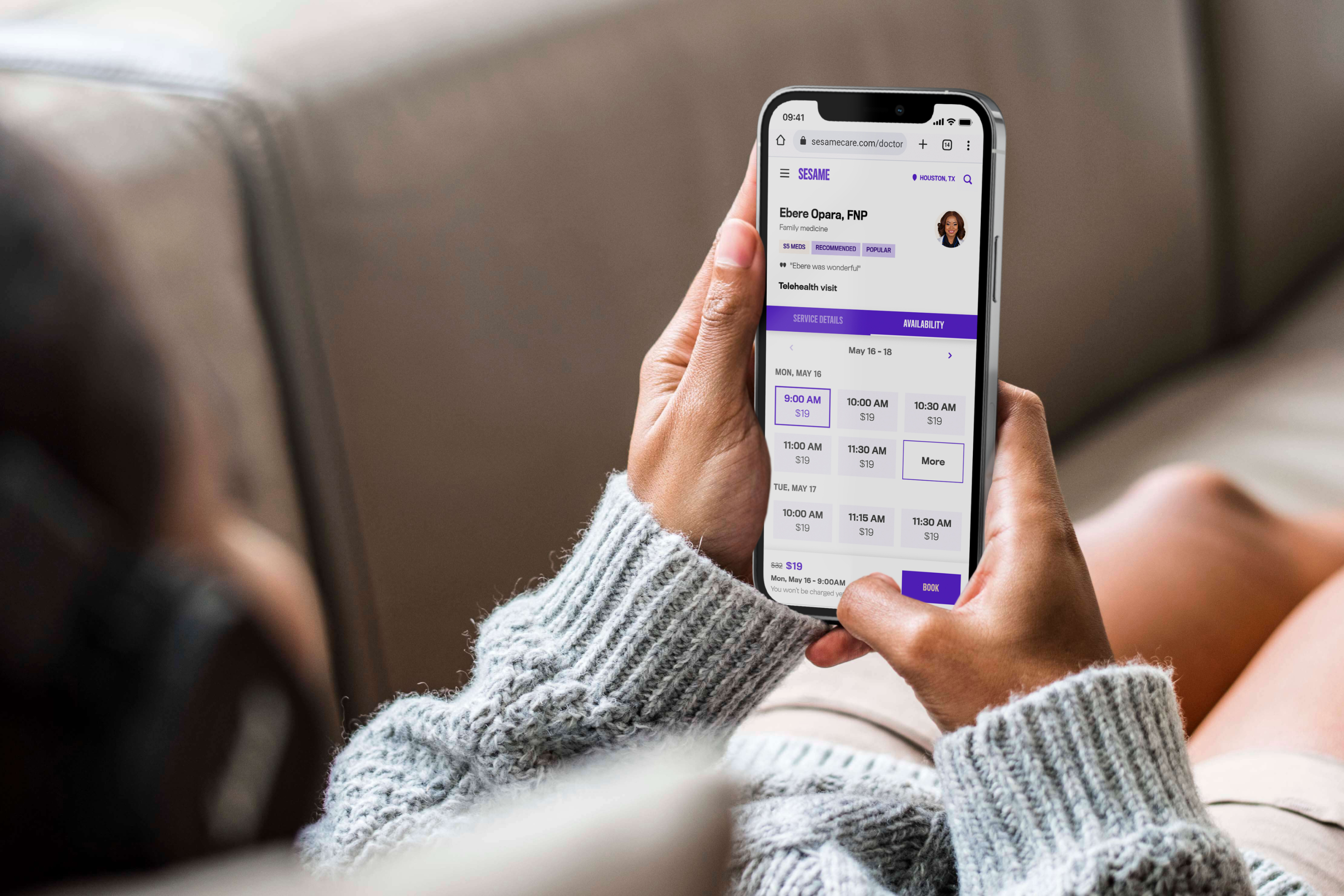
Sesame today celebrated 5 years of providing Americans with access to quality, convenient health care at half price.

My colleague and co-founder David Goldhill today has a new Washington Post article that explains the fundamental challenge in American health care.

Learn the difference between deductibles and out-of-pocket costs like copays and coinsurance, along with examples.
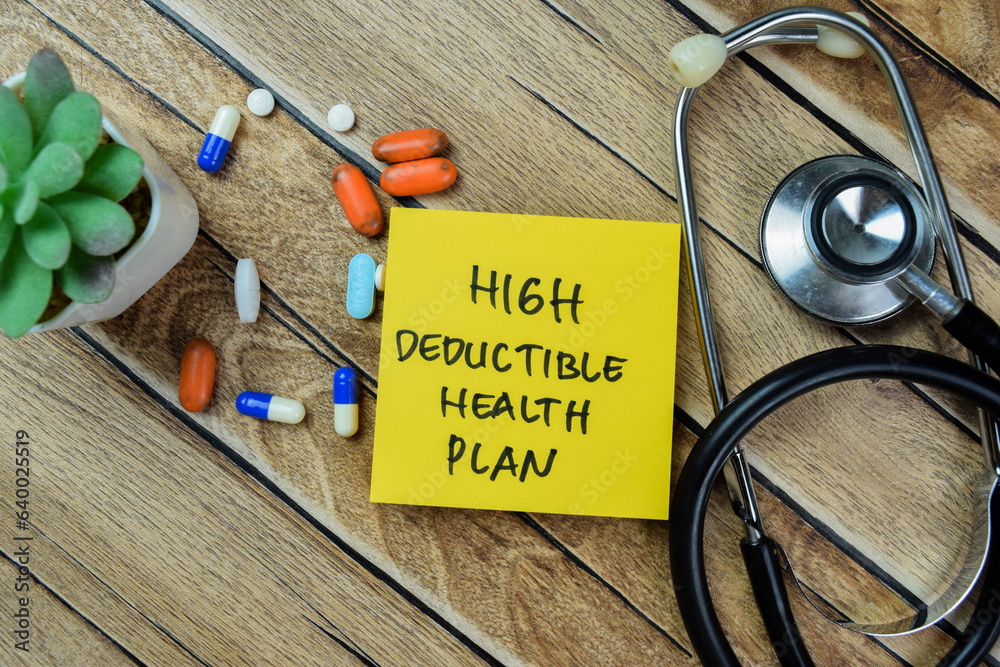
Unpacking high-deductible health plans, HDHP pros and cons, and how to pick the best heath insurance plan for your needs.
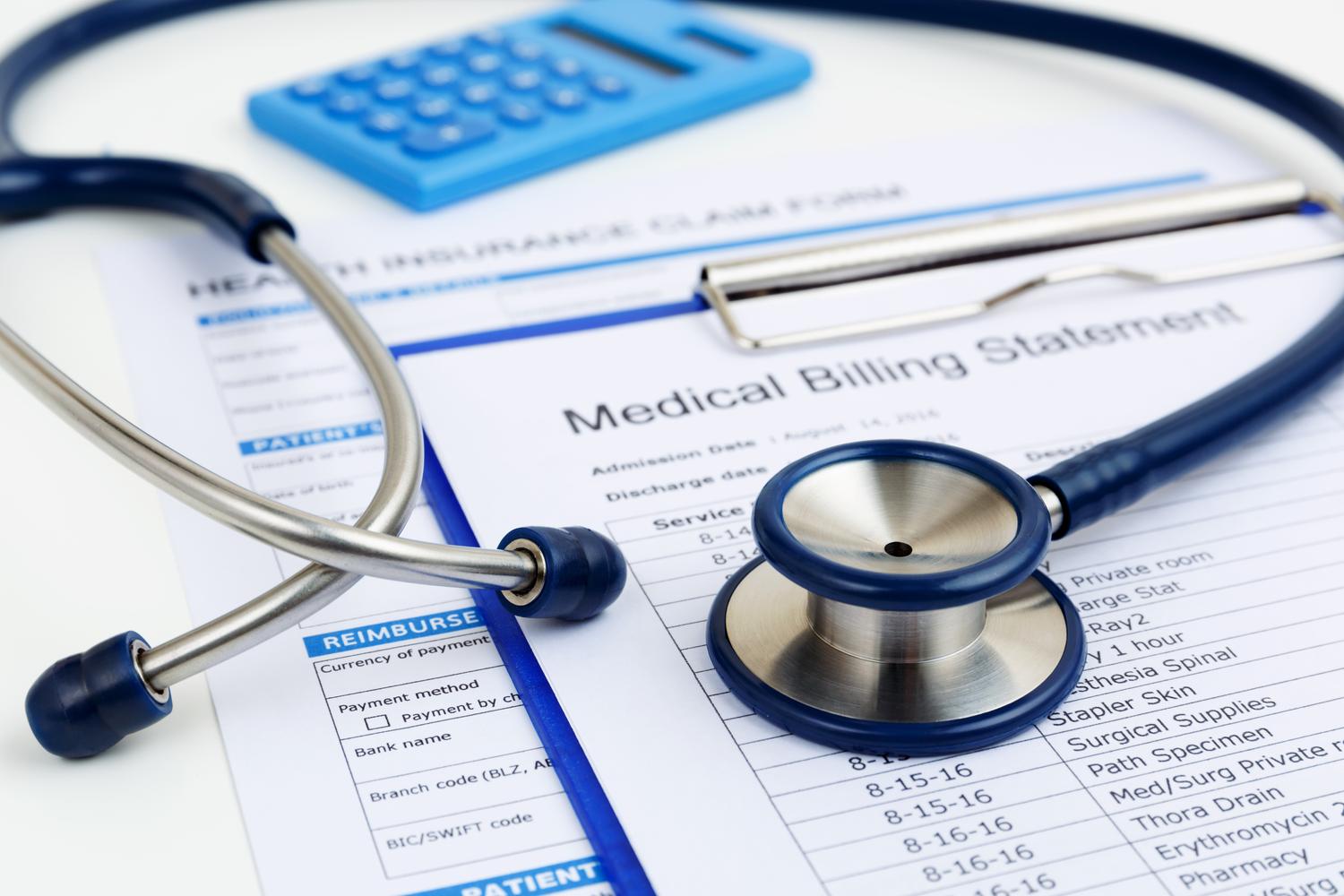
Today in the New York Times, an excellent guest essay by a pair of economists, Drs. Liran Einav and Amy Finkelstein, highlights how America's fragmented approach to providing health care has us spending a lot but getting a little.
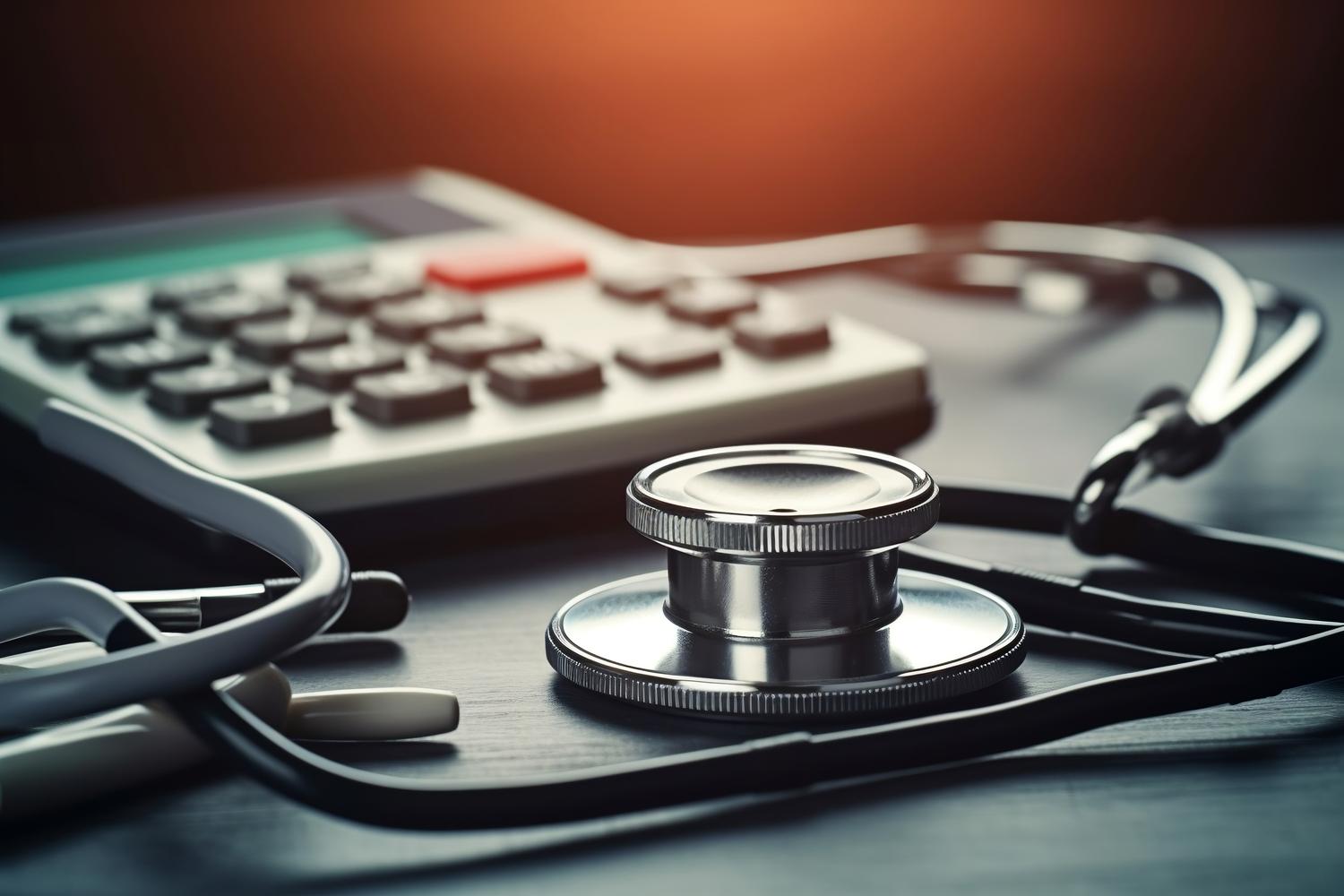
Copays are fixed amounts for a certain type of service (like a specialist visit, doctor’s office visits, prescription drugs, or a trip to the emergency room), while coinsurance is a percentage of the total medical costs.
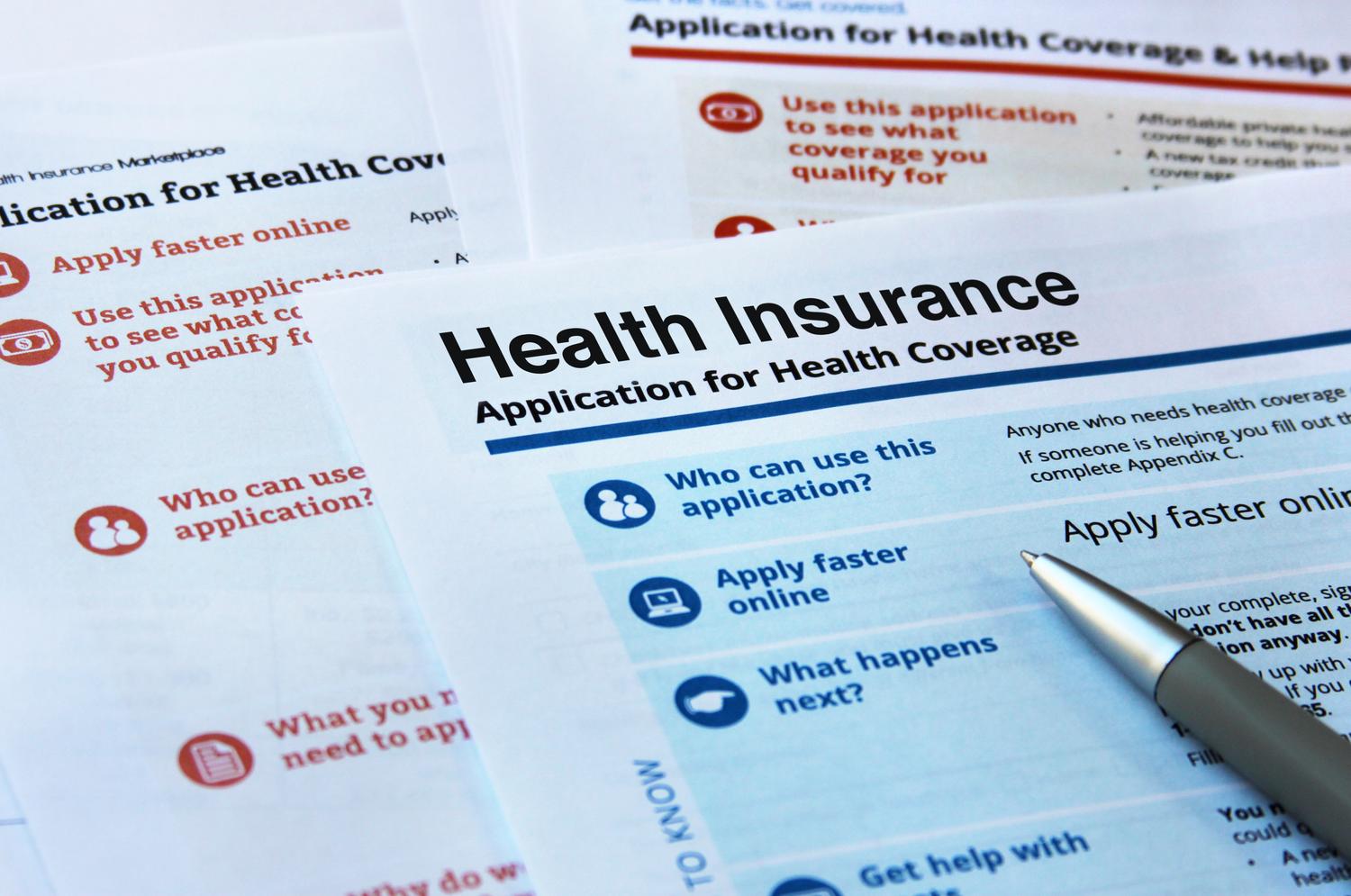
The new law cuts $1 trillion from Medicaid and CHIP, putting health coverage at risk for millions. Learn who’s affected and what to do if you lose coverage.
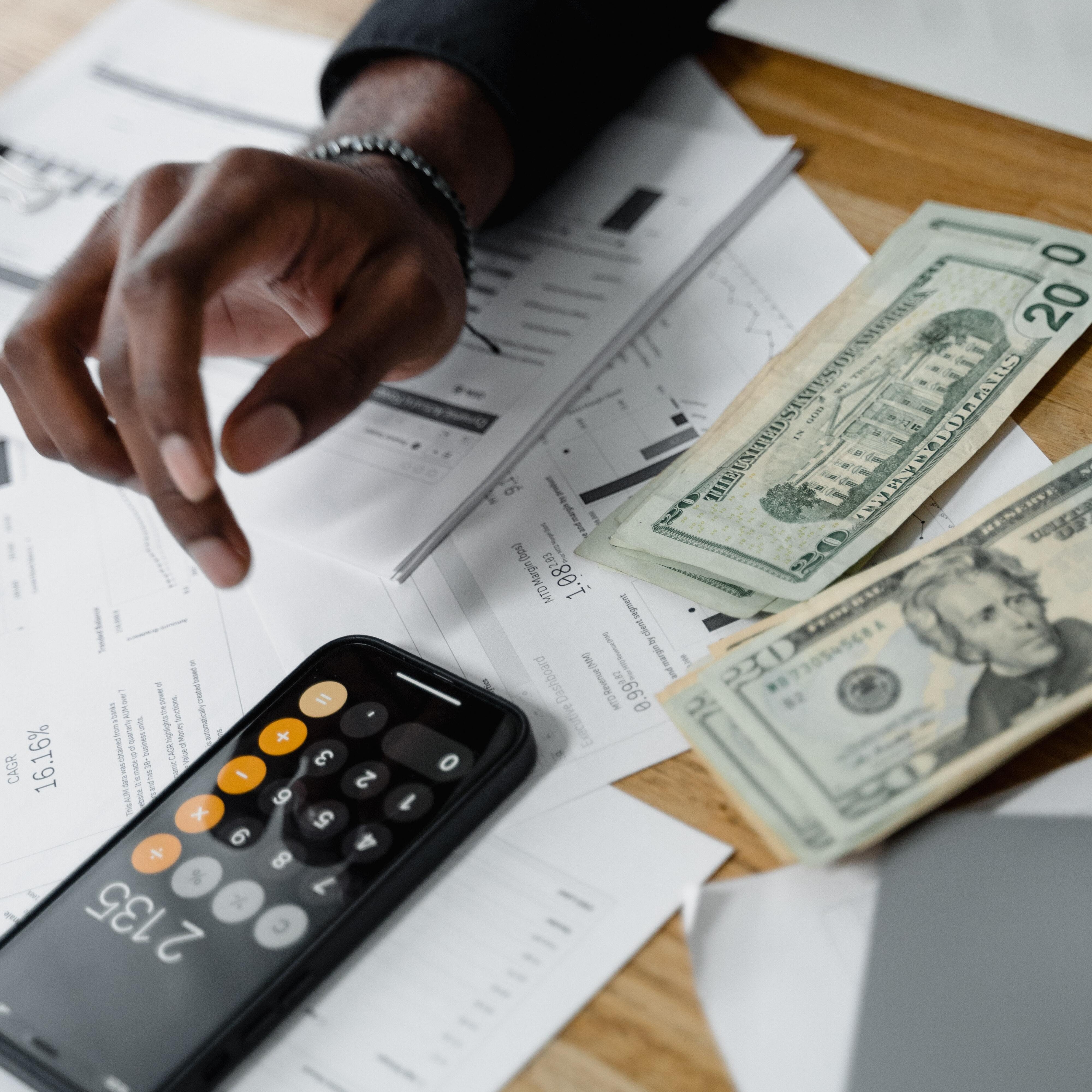
Michael Botta, Sesame co-founder, on why prices of medical services can vary - and what you can do about it.

This week, with freight rail companies and the unions representing tens of thousands of rail workers in the news regarding a potential work stoppage, I, like many Americans, learned much more about an employment dispute.
